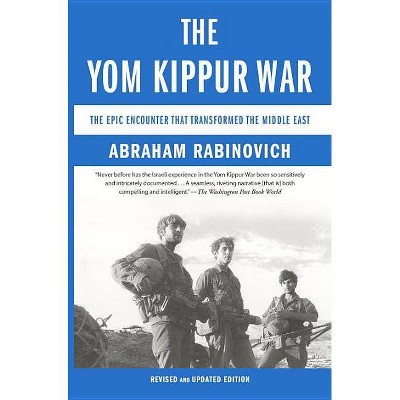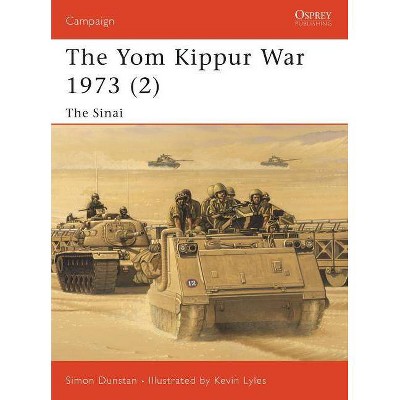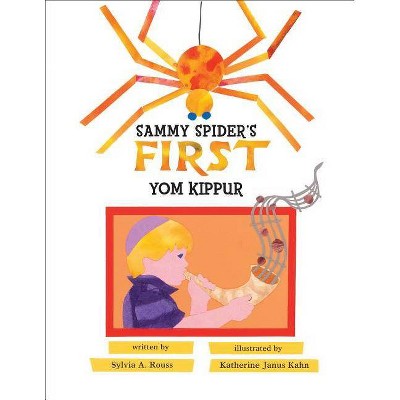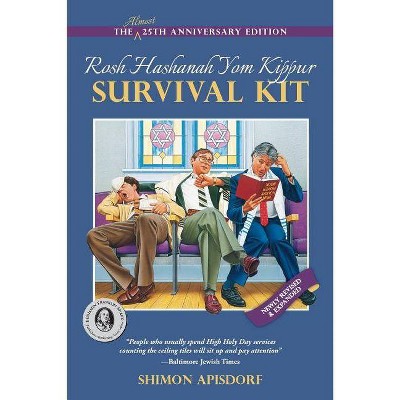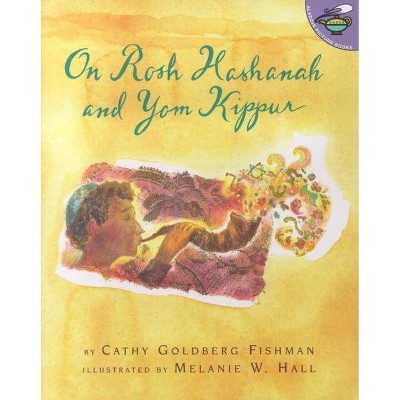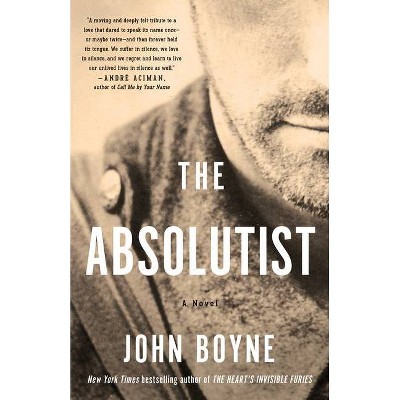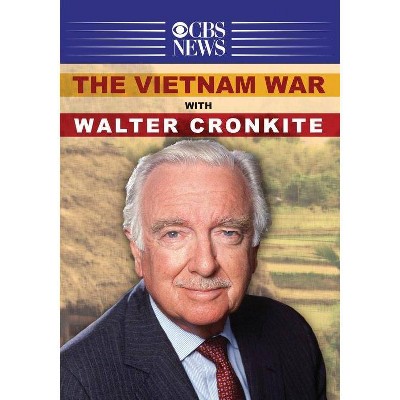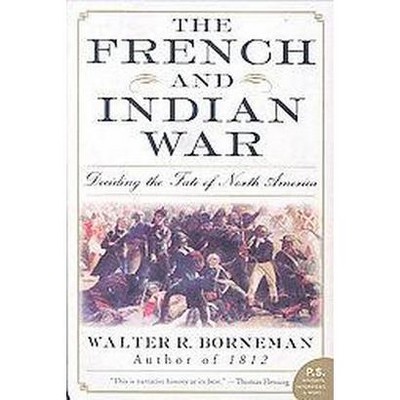The Yom Kippur War - by Walter J Boyne (Paperback)
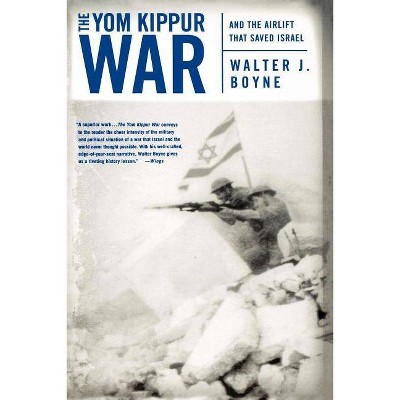
Similar Products
Products of same category from the store
AllProduct info
<p/><br></br><p><b> About the Book </b></p></br></br>First published by St. Martin's Press under title: The Two o'clock war.<p/><br></br><p><b> Book Synopsis </b></p></br></br><p>It's usually called the Yom Kippur War. Or sometimes the October War. The players that surround it are familiar: Sadat and Mubarak, Meir and Sharon, Nixon and Kissinger, Brezhnev and Dobyrnin. It was a war that brought Arab and Jew into vicious conflict. A war in which Israel almost unleashed her nuclear arsenal and set two superpowers on a treacherous course of nuclear escalation. <p/>And a war that eventually brought peace. But a peace fraught with delicate tensions, disputed borders, and a legacy of further bloodshed. <p/><i>The Yom Kippur War</i> is a spellbinding chronicle of the international chess game that was played out in October 1973. It is a story of diplomacy and military might that accounts for many of the dilemmas faced in the present-day Middle East. <p/>This is a war that Israel never thought was possible. Surprised by the fury and excellent execution of the Arab onslaught, and perhaps more than a little complacent, Israel suddenly found itself on the point of losing a war because of a lack of ammunition, planes and tanks. The United States, after much vacillation, finally elected to help Israel, beginning a tremendous airlift (code name: Operation Nickel Grass) which incurred the wrath of the Arab states, and their sponsor, the Soviet Union. <p/>Fortunately the airlift came just in time for Israeli ground forces to stabilize their positions and eventually turn the tide in the Sinai and Golan Heights. And it was all made possible by an operation that dwarfed the Berlin Airlift and the Soviets' simultaneous efforts in Egypt and Syria. <p/><i>The Yom Kippur War</i> is bound to become the definitive history of a war that quite literally approached Armageddon.</p><p/><br></br><p><b> Review Quotes </b></p></br></br><br>The best and most useful parts of the book are those devoted to the U.S. decision to mount a massive airlift, using the old reliable C-141s and the newer, larger C-5s, whose acquisition costs and technical reliability had been major points of controversy in earlier years. - <i>Publishers Weekly</i><br><p/><br></br><p><b> About the Author </b></p></br></br><p>Retired U.S. Air Force <b>Colonel Walter J. Boyne</b> served as director of the National Air and Space Museum from 1983-1986. His bestselling titles include <i>The Wild Blue</i> (with Steve Thompson), <i>Weapons of the Gulf War</i> and <i>The Smithsonian Illustrated History of Flight</i>. He lives in Ashburn, Virginia.</p>
Price History
Price Archive shows prices from various stores, lets you see history and find the cheapest. There is no actual sale on the website. For all support, inquiry and suggestion messages communication@pricearchive.us
